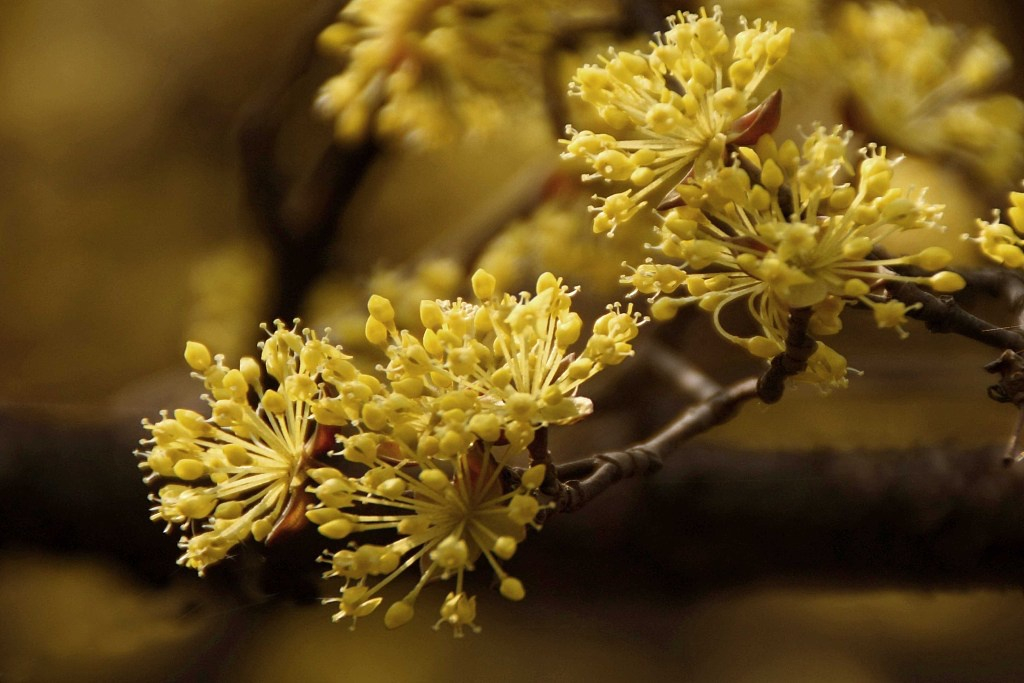
This plant without showy petals is the medical dogwood that has been always associated with the Double Ninth Festival. /VCG Photo
This plant without showy petals is the medical dogwood that has been always associated with the Double Ninth Festival. /VCG Photo
October 7 marks this year's China's Double Ninth Festival, or Chongyang Festival. The holiday falls on the the ninth day of the ninth lunar month, and has been celebrated for over 2,000 years in China as a ritual to worship ancestors and pray for longevity.
Among the various traditions that are involved during this day, such as climbing mountains and drinking chrysanthemum wine, a plant with little red fruit has historically been mentioned in ancient poems and articles about the Double Ninth Festival. The plants appears in women's hair and men's belts as a delicate decoration on this day. And this is the dogwood.
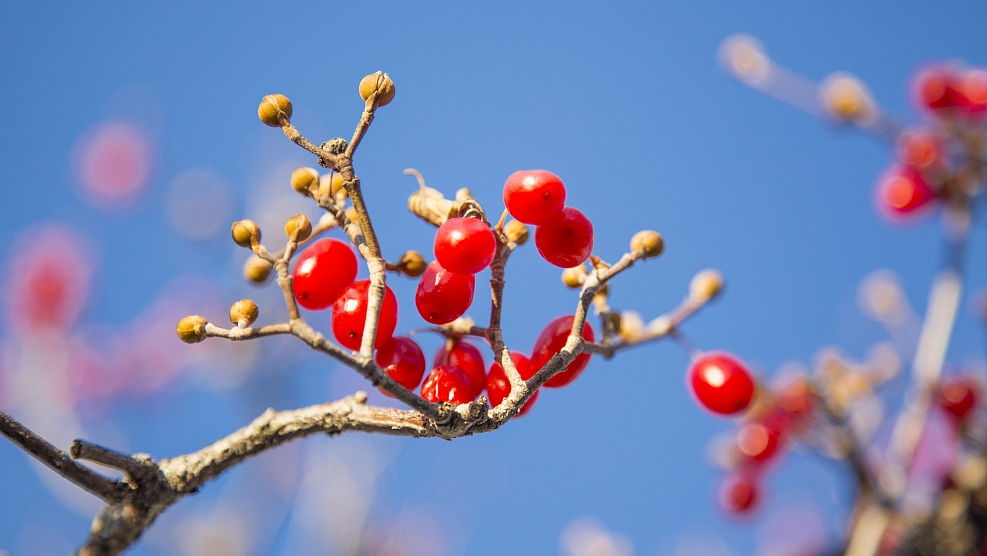
Ancient Chinese wear dogwood, also known as cornus officinalis, on the Double Ninth Festival. /VCG Photo
Ancient Chinese wear dogwood, also known as cornus officinalis, on the Double Ninth Festival. /VCG Photo
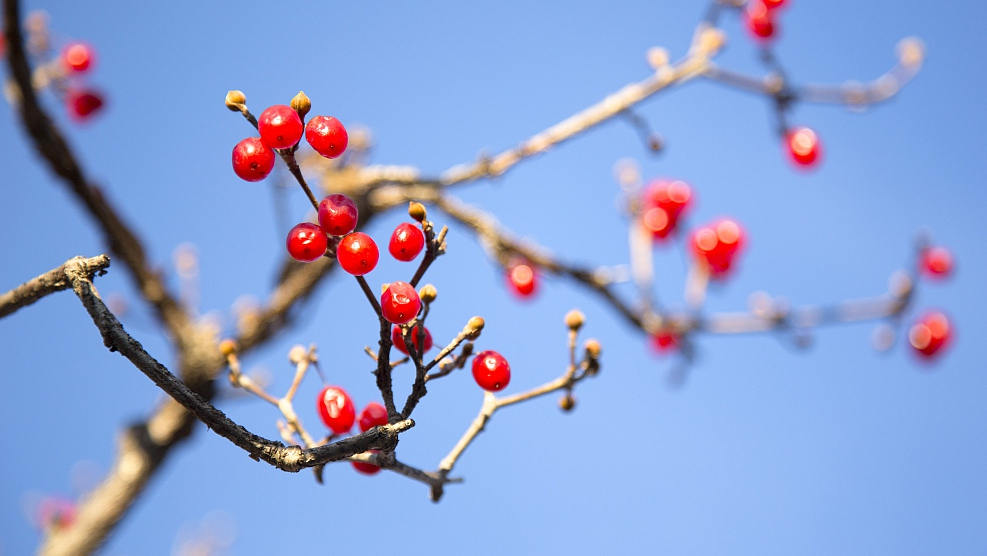
The fruit is edible but does not have much flavor. /VCG Photo
The fruit is edible but does not have much flavor. /VCG Photo
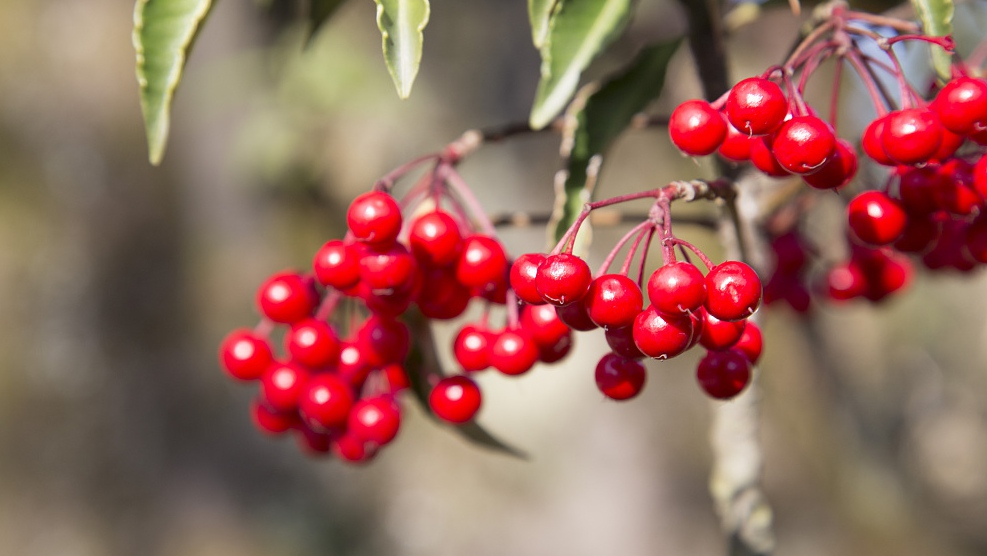
The fruit of medical dogwood. /VCG Photo
The fruit of medical dogwood. /VCG Photo
Wearing dogwood twigs was very popular during the Tang Dynasty (618-907). Ancient Chinese believed that wearing it on the Double Ninth Festival could prevent diseases and avoid disasters. This plant is considered to have cleansing qualities and are used on other occasions to air out houses and expel insects.
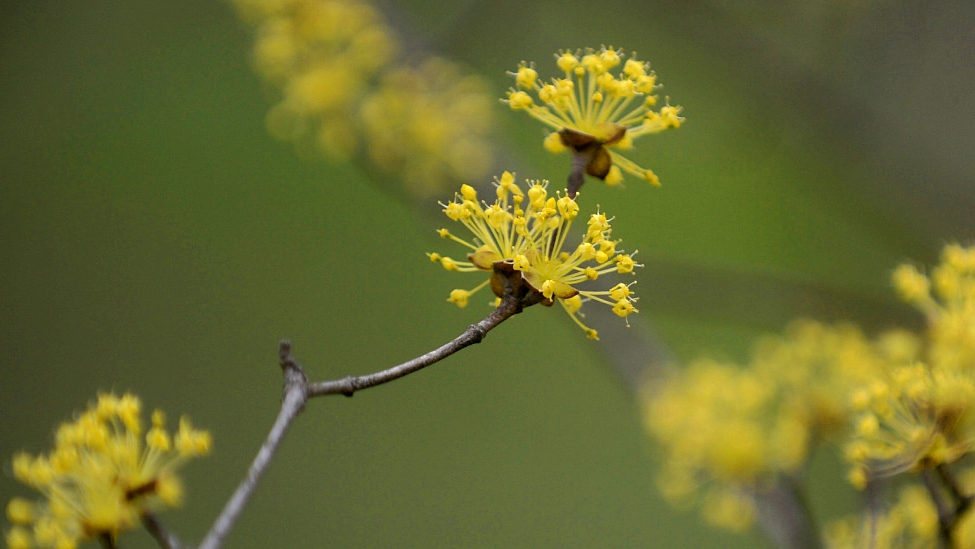
Tiny flowers of medical dogwood. /VCG Photo
Tiny flowers of medical dogwood. /VCG Photo
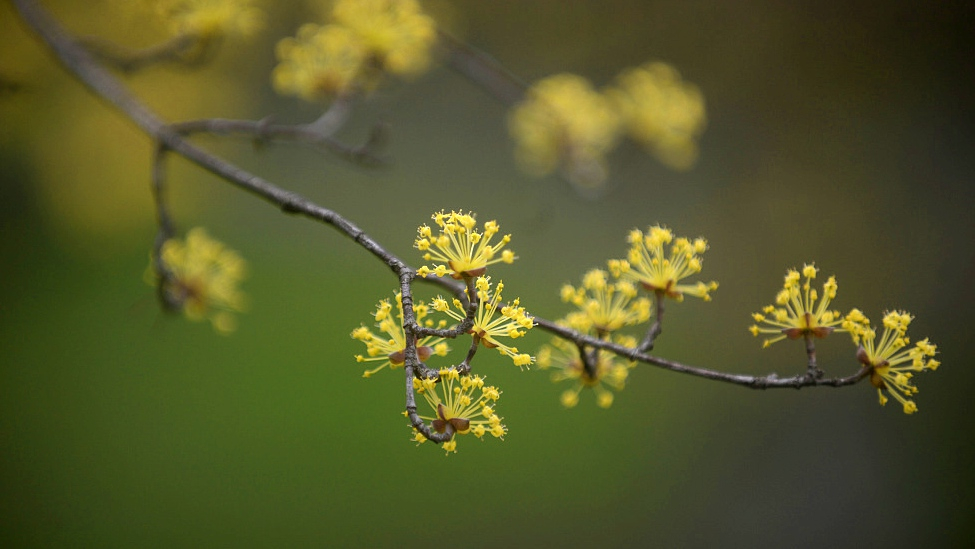
The flowers blossom in May and June. /VCG Photo
The flowers blossom in May and June. /VCG Photo
Dogwood is the common name of cornus, a genus of about 30 to 60 species of woody plants. And the dogwood species that are known to Chinese is the cornus officinalis, commonly known as medical dogwood. The tiny yellow flowers blossom in May and June, without any showy petals, the flowers have a strong scent.
The fruiting period lasts from August to October. The bright red fruits are edible and rich in vitamin C, and sometimes used in traditional medicine. However, some subspecies of the dogwood family,such as swida, bear fruits that are mildly poisonous.
(Cover image via VCG.)
(If you want to contribute and have specific expertise, please contact us at nature@cgtn.com)